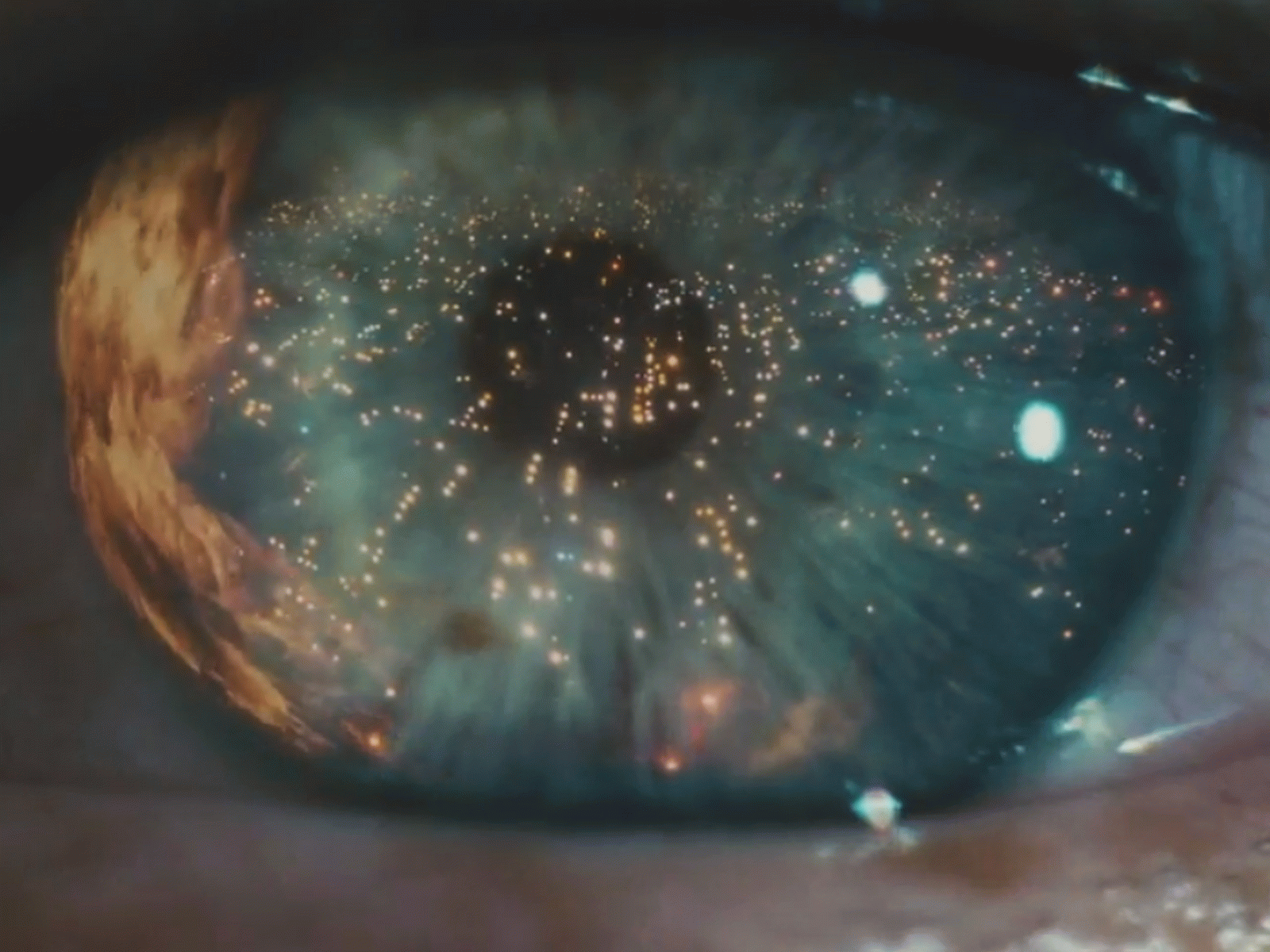Ricerca
Zwischen Ethos und Exzess? Eine Kritik des Erhabenen
Hana Gründler and Philipp Kaspar Heimann
The sublime is a hybrid concept and not easy to define. However, in current debates within the humanities, the sublime is increasingly described as a purely aesthetic-idealistic category. As accurate as the criticism of a Western aesthetic – often based on the problematic opposition of the beautiful and the sublime – with its essentialist and normative narrative may seem at first, the treatment of this contradictory category proves to be historically inaccurate and reductionist upon closer examination. Furthermore, with this understanding the polysemous structure of the sublime is rendered unworkable for critical discussion.
This research project therefore aims in several respects to critically question the topos of the sublime as well as its use in art and architecture and its interpretation in the formation of theory. First of all, the longue durée of the sublime and in particular those aspects that deal with the limits of the imaginable and the representable will be examined. This is not only fundamental for an analysis of modern representations of natural disasters, but also for that of contemporary images of violence. For as much as the aesthetic category of the sublime productively questions, deconstructs, and transforms (aesthetic) norms, it is also always susceptible to misappropriation by the totalitarian due to its relation to the enormous and the superhuman, as can be seen, for example, in the megalomaniac architectural designs of fascist or communist regimes.
For this reason, it would fall short of the mark to try to fathom the sublime merely from an aesthetic perspective. Rather, the epistemic, ethical, and political implications of this contradictory category must be specifically addressed. Only in this way will it be possible to analyse the close connection of the sublime with ideas of freedom on the one hand and strategies of manipulation, disciplining, and even subjugation on the other, and thus to unfold its critical and timely potential.



